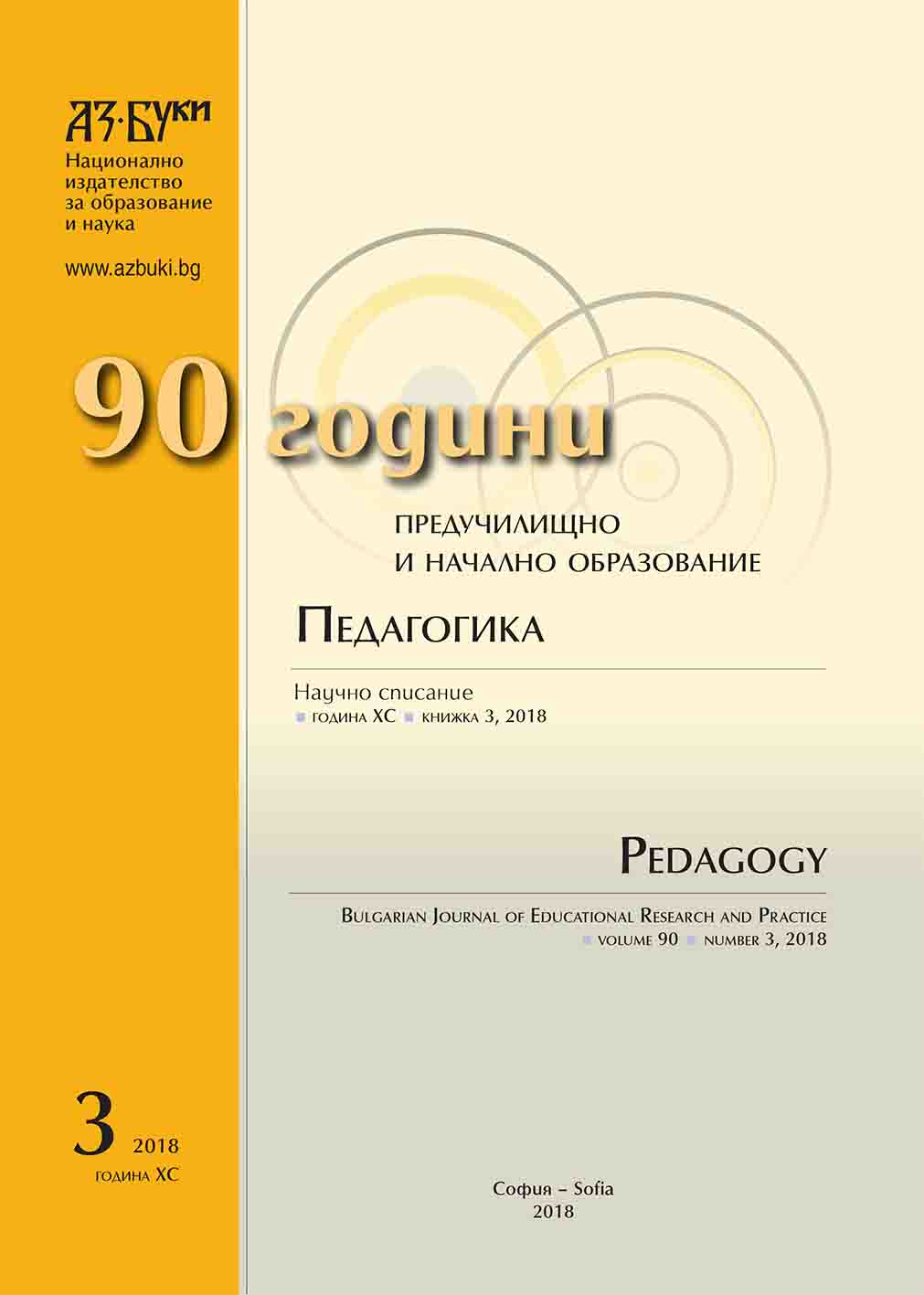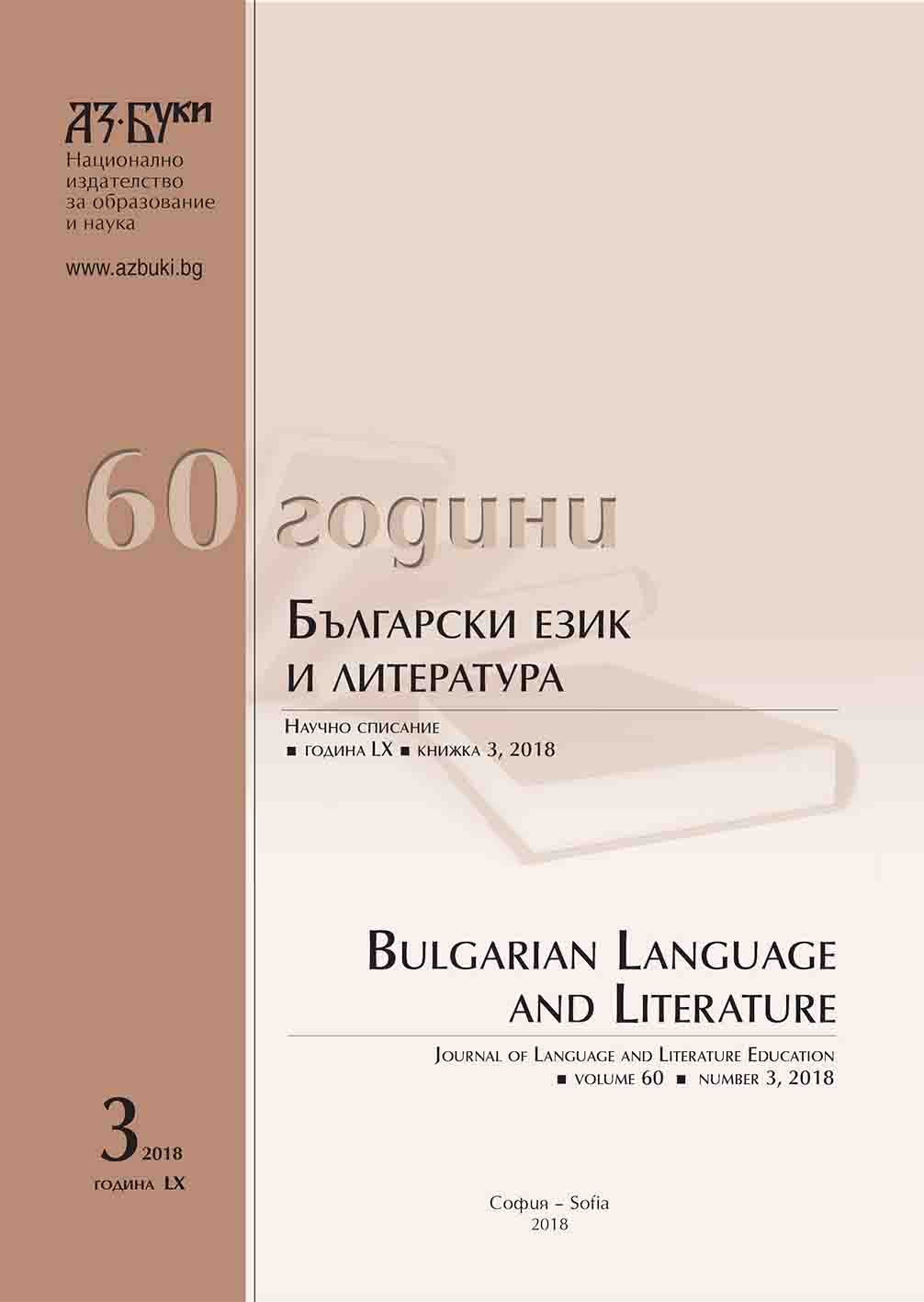
Анализът на разговора: от социалния ред до езика
Conversation analysis is an interdisciplinary research programme assuming an innovative theoretical approach and unique methodology. The present article follows its origin in sociology in the 60’s and 70’s of the 20th century, its conceptual grounds and the factors of its formation and consequent development, its gradual and difficult confirmation and its broad application in the close humanities and even in natural sciences. This review outlines the points of contact between conversation analysis and its direct predecessor, ethnomethodology, situates conversation analysis in the field of discourse analysis and mentions its contribution to foreign language teaching.
More...












